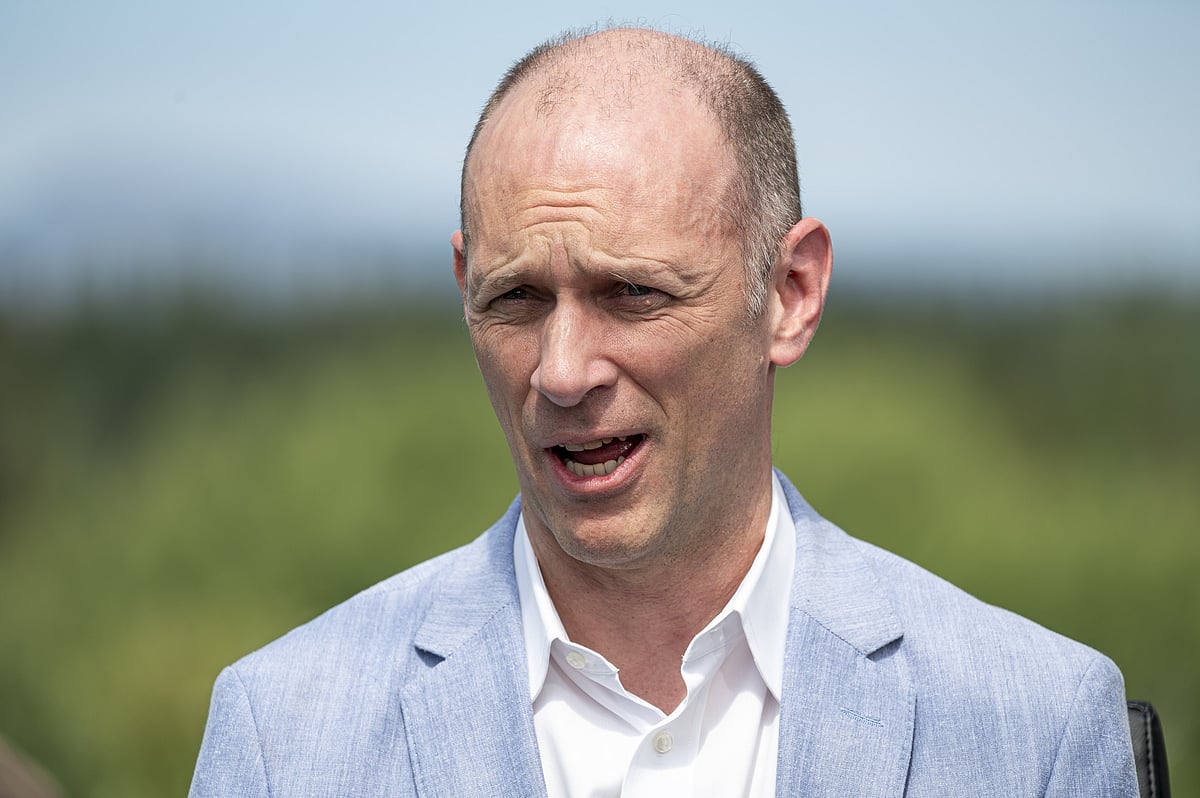Fed Officials Add To Chorus Pushing Back Against Rate-Cut Bets
Two more Federal Reserve officials pushed back against the depth of interest-rate cuts expected by markets next year, reinforcing similar comments from other US central bank officials last week.

(Bloomberg) -- Two more Federal Reserve officials pushed back against the depth of interest-rate cuts expected by markets next year, reinforcing similar comments from other US central bank officials last week.
Chicago Fed President Austan Goolsbee said he was surprised by the outsize market reaction to the Fed’s updated quarterly economic projections last week. Those new forecasts signaled that the Fed’s next move is likely a cut, leading to a rally in asset prices and bets of as many as six cuts starting as early as March.

“I was confused a bit with the — was the market just imputing, ‘here’s what we want them to be saying?’” Goolsbee said Monday in an interview on CNBC. “I thought there seemed to be some confusion about how the FOMC even works. We don’t debate specific policies speculatively about the future.”
Policymakers kept rates unchanged for a third straight meeting on Dec. 13 and their forecasts imply they expect three rate cuts next year, according to the median forecast.
Some Wall Street economists anticipate a steeper pace of easing. Bank of America Corp.’s economists now expect four quarter-point cuts in 2024, starting in March.
Goolsbee’s colleagues have pushed back on the notion that rate cuts are imminent. New York Fed President John Williams said Friday it’s premature for the central bank to be thinking about reducing interest rates in March. Atlanta Fed chief Raphael Bostic said policymakers still need to see “several months” of data to be confident that inflation will continue to fall.
A ‘Bit Ahead’
Cleveland Fed President Loretta Mester said in an interview with the Financial Times published Monday that markets had gotten “a little bit ahead” of the central bank by betting on early interest-rate cuts in 2024.
“The next phase is not when to reduce rates, even though that’s where the markets are at,” Mester said. “It’s about how long do we need monetary policy to remain restrictive in order to be assured that inflation is on that sustainable and timely path back to 2%.”
Mester — who said she expects three quarter-point rate cuts in 2024 — and Bostic will vote on policy next year, as will Williams, who is a permanent voter on the Federal Open Market Committee. Goolsbee voted this year but will not be a voter on the Fed’s policy-setting committee in 2024.
The Chicago Fed chief called the cooling in prices this year “significant” but said they’re not yet back to the central bank’s target.
“If we get inflation back into the range of our dual mandate goals then we’ve got more symmetric concerns, let’s call it, about both sides of the dual mandate,” Goolsbee said.
Read More: Fed’s Goolsbee Says Too Early to Declare Victory Over Inflation
Consumer price data published last week showed that underlying inflation fell below 3% on a six-month annualized basis for the first time since 2021. Updated data on wholesale cost pressures also painted a favorable picture for a key inflation gauge watched closely by the central bank.
A report due Friday will show how the Fed’s preferred gauge fared in November.
More stories like this are available on bloomberg.com
©2023 Bloomberg L.P.